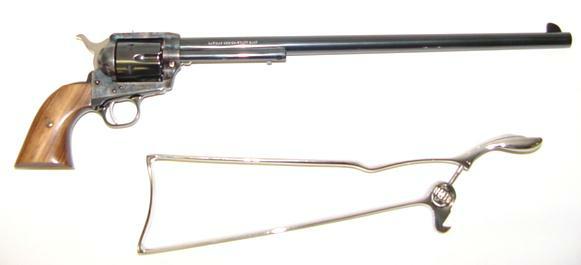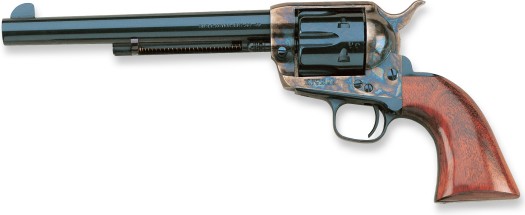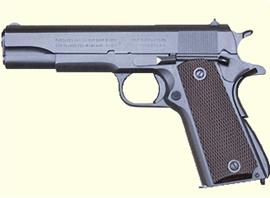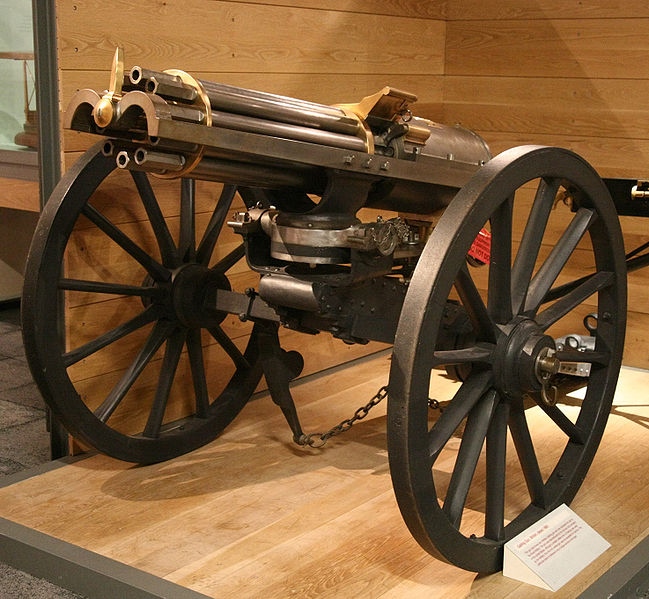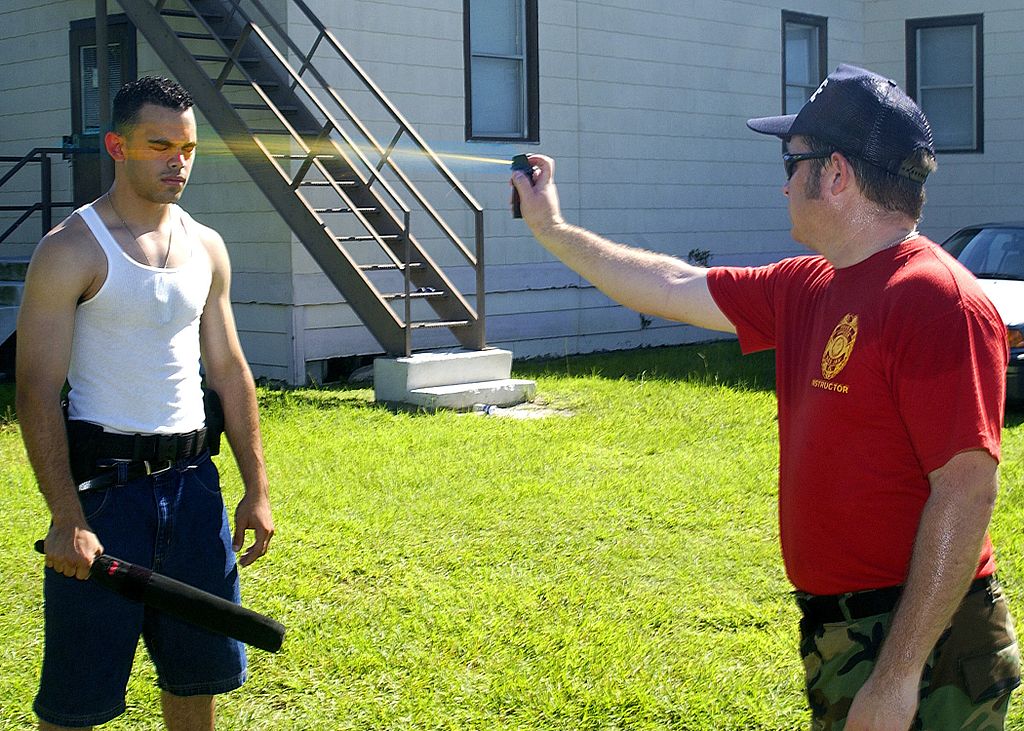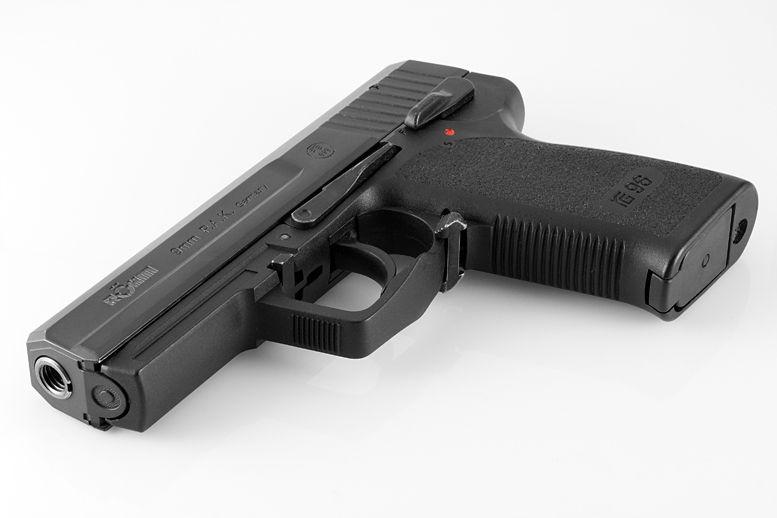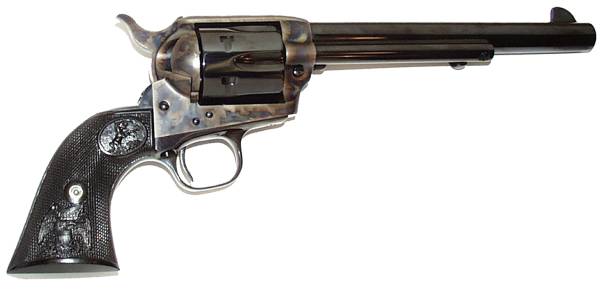
FAMOUS WEAPONS AND AMMUNITION - Colt Single Action Army and .45 Long Colt - Part 1
I started the series about famous weapons with the Desert Eagle pistol due to its media fame, and I decided to alternate pistols and revolvers regularly. So today it's the turn of the revolver, and what other weapon should we start this part of the series with than the revolver, which has been in production for almost 130 years.
